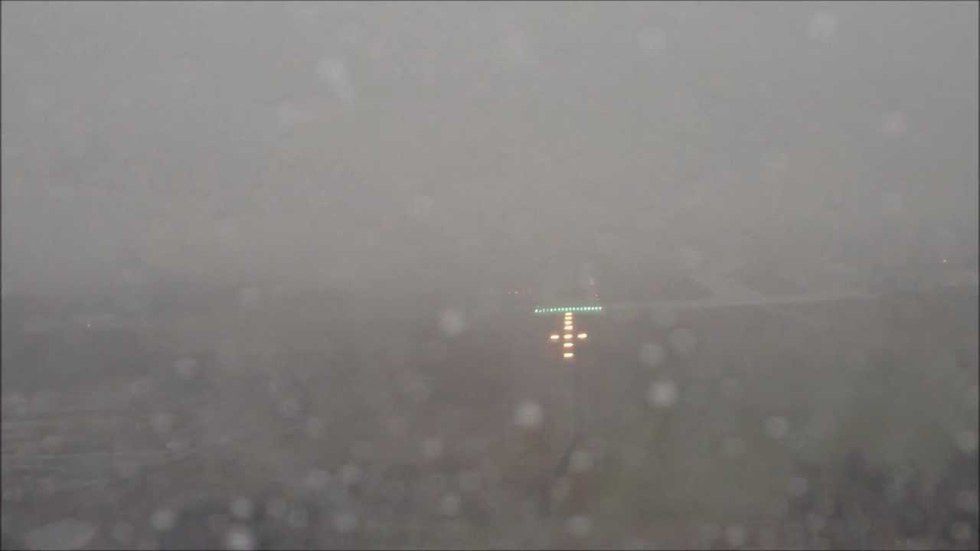If you have received your Private Pilot certificate, congrats! You've laid the foundation and can now build the framework for your flying career. You have so many options; such as getting your tailwheel endorsement, or maybe a seaplane rating, join a flying club, and so much more! But what about experiencing a new way of flying? That's right, flying through the clouds. Imagine taking off in zero-visibility conditions (not that I'm saying that is good Aeronautical Decision Making, but sometimes we gotta do what we gotta do) and being able to navigate without seeing anything until your arrival into your destination airport!
Currently, that is what I am going for, my Instrument Rating. I am at the end of my training here at Embry-Riddle Aeronautical University for my Instrument Rating, and I (along with many of my fellow pilots) can say it was a very eventful process. I started working on it this past summer, and to be quite honest, I was clueless about what was going on. There was so much to learn and it was all getting thrown at me at once, but in order to get my rating done in a timely manner, I had to start studying. That was at the beginning, and now I'm really glad all the studying paid off.
Now that I am at the End of Course, I have found it useful to share what others may utilize as they progress in their rating, and what will make you sucessful as an instrument pilot:
First, find someone who is in the same boat as you. I was lucky enough to have my summer roommate, Tim, who was finishing up his Instrument Rating just as I was starting mine. He was a wealth of knowledge as I progressed my way through, and even more so as I get closer to check ride.
Second, go flying with someone who is instrument rated and go fly with them or observe one of their training flights. I have done this with multiple people, and each time I come back learning something that I have never been taught before.
Third, ask any of your instrument rated friends if they need help regaining their currency. As you should know, you can be their safety pilot for instrument currency (in VRF conditions) if you are rated in the same category and class of aircraft, and at least a private pilot.
Fourth and final, REVIEW, REVIEW, REVIEW, your charts, approach plates, and start to memorize or be able to do a do-verify checklist. As my instructor always says, if you aren't doing something, then you are doing it wrong. In other words, in order to not be stressed during a flight, always anticipate what it going to happen next; when should you get your ATIS for your arrival? When should you brief your approach? Or do your descent checklist? The best way to answer that; as soon as practicable. That way, when you are flying along, you will have time where you are not doing anything.
Instrument flying is like what everyone says it is, it's a whole new type of flying. It has really taught me how to become a more efficient, safe pilot and how I can reduce my workload. I would recommend to anyone to get their instrument rating, as it will make you become more aware and make you a better pilot overall.






















